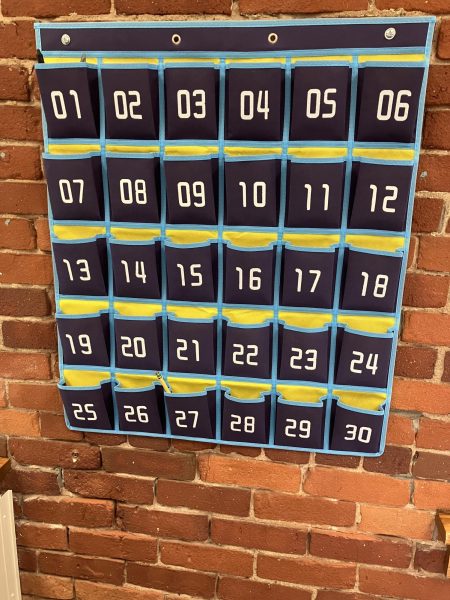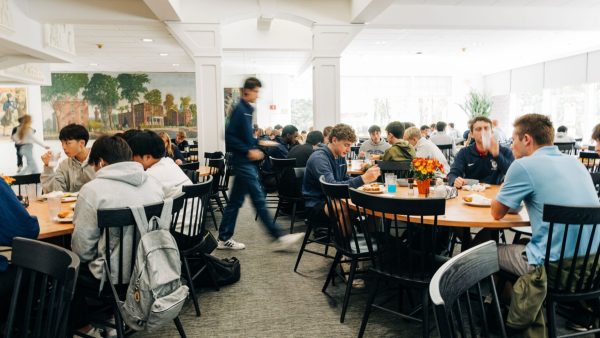Opinion: Let’s Do Away With the SAT

The following is an opinion piece; the author’s views are hers alone, and not necessarily representative of the entire paper.
The SAT should be a beacon of hope for the less privileged in stressful and seemingly random college application process. However, I believe it has failed its purpose.
The inequality in the college application process is, of course, not news.
According to a research done by the National Bureau of Economic Research in 2017 on “The Role of Colleges in Intergenerational Mobility,” “children whose parents are in the top 1% of the income distribution are 77 times more likely to attend an Ivy League college than those whose parents are in the bottom income quintile.”
The top 1% has already “won” before even graduating, while the 99% has to toil through life with the increasing gap between the rich and the poor. In this extremely unfair competition, a scale that can measure students impartially on their ability becomes necessary. The 99% now at least get one way to prove themselves: the SAT.
However, as a high school student preparing for the SAT, I can tell you that, unfortunately, the SAT might just be the most unfair game in the college application process. In fact, the SAT is just like any other rigged competition.
Taking the SAT and getting a good score on it is all about money. For the 2020-2021 school year, the SAT costs $52.00, and the SAT with essay costs $68.00. People who can take it five or six times, or more, are definitely not competing equally with the students who can barely take it once and have to bet all their hopes on this test. It is absurd that students are charged for something that is almost like a baseline requirement for getting into colleges.
Not only can privileged students take the test more times, but they can also get extra tutoring.
According to MarketWatch in the article “Wealthy parents spend up to $10,000 on SAT prep for their kids,” Princeton Review offers an “SAT 1400+” group summer class of 54 hours for $1,599, and private instruction of 10 hours for $2,600. Private tutors such as a Manhattan-based SAT tutor Anthony-James Green charge $1,500 per hour. An estimated average amount that wealthy parents pay for their children’s SAT prep is about $10,000.
SAT tutoring is not just an American issue, either; it’s prevalent in China and Korea. As an international student from China, I have spent a portion of my recent summers going to tutoring classes for standardized tests.
It was at first TOEFL classes for my language skills, then SSAT for application to high school, and now the SAT. I went to the same institution for all of my tutoring, and ever since middle school, I have always looked at the high school students flipping through pages after pages of squeezed words or sitting in front of their computers mumbling vocabulary, and wondering when that would happen to me.
The institution I attended, a 21-day program, is a quite typical one and is representative of many other institutions for SAT tutoring in Asia. There are classes from four to ten students of different ages, and three levels of classes: foundation level, intermediate level, high level, and a special class for students who have taken the highest level and are preparing for the test. You do a mock test to be placed in one of the classes.
Where the mock test is from, I will explain later. There is a TA for each class monitoring the class, checking on the students’ progress, and mediating between teachers and students. We arrive at the institution at 9:00 a.m., hand in our phone to the TA, do our homework, and memorize vocabulary until noon. The TA quizzes us on vocabulary we are supposed to memorize for each day.
At 2:40 p.m., the next phase of the day starts. There are four courses in total, reading, grammar, math, and writing. We take two classes each day, each lasting for two hours, with a short rest in between. We get out at approximately 7:30 p.m. But people who have not completed their task in the morning must stay until they complete their work. We do another two mock tests in the middle of the 21-day period and at the end.
Just imagine the advantage people who have prepared for the SAT in this regimented way have over those who are sitting down in front of the test for the first time. But the difference between students who can afford tutoring and students who cannot does not end here.
Nearly all the mock tests and homework we do are from previous SATs. Although to take the SAT, students have to agree to not share any of the information in the test to the public, the institutions can always get these tests, either by sending intermediate people to take the test or buying it from people who specialize in selling the tests.
The tests, which are not supposed to be shared in the first place, then become the tools institutions use to compete with each other. In the past, College Board, the institution administering the SAT, has in many instances repeatedly used tests from the past. Although in recent years College Board has attempted to generate different tests, even for different time zones taking the test on the same day, students who have access to these tests still accumulate an incredible amount of experience, which is extremely unfair to the ones who don’t have access to them.
Cheating not only happens in the preparation process, but also during the tests. In addition to buying the test questions prior to the exam, some students use phones during the bathroom break, or even pay others to take it for them. The whole SAT system is so flawed that cheating becomes common.
There is not even a universal standard for monitoring the SAT; instead, College Board just gives each institution that’s holding it the power to decide. The result is that testing points, like AsiaWorld-Expo in Hong Kong, also called the “10,000 people pit,” have several proctors walking up and down each aisle to stare at every single move students do, while my friend from a boarding school tells me that their teachers at school are on their phones while proctoring their test.
When you have finally completed the test, you cannot just take a rest and believe that your answer sheet will be graded impartially by machines. You have to pray for the curve to be easier on you. There is a different curve for every single test in each area, which can make one wrong answer cost a different amount.
However, this curving system is unfair in that the SAT has to remain in a certain margin of difficulty, because they are supposed to reflect high school students’ academic skills. The fact is that the same student might get six questions wrong for the math section in a difficult test, and four questions wrong in an easy test, but the grading of the easier test could in fact be much harsher. This, again, puts those who can take the test many times at an advantage: they have more chances to “beat” the curve.
The curve in Asia is also stricter because there are more students taking it at each testing point, and since there is no testing point in mainland China, the popular testing points in Asia are usually very packed. It is a privilege, then, for those Asian students who can take the test in America.









